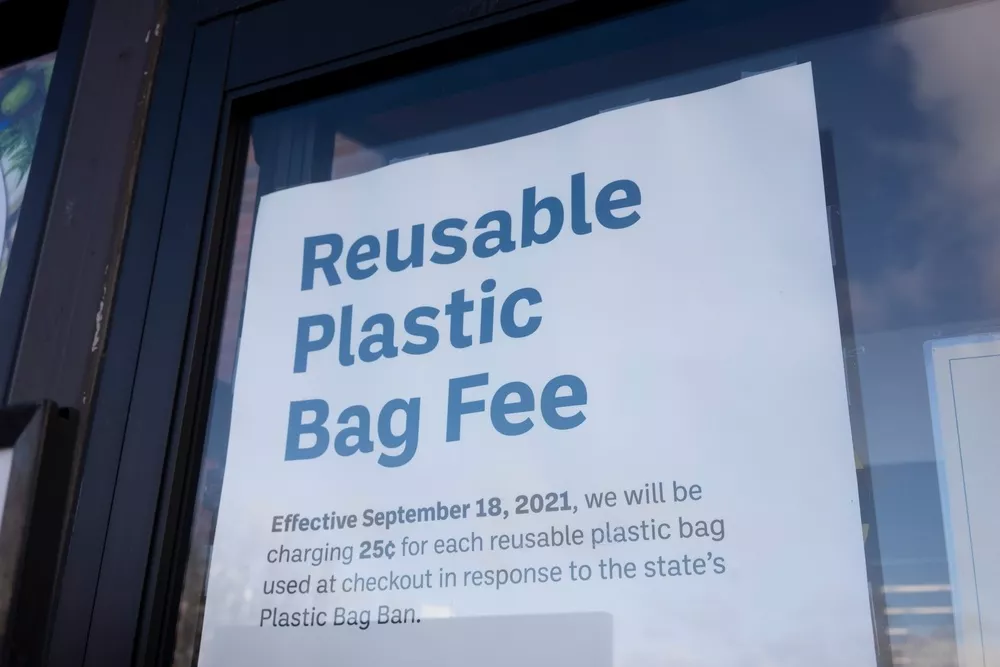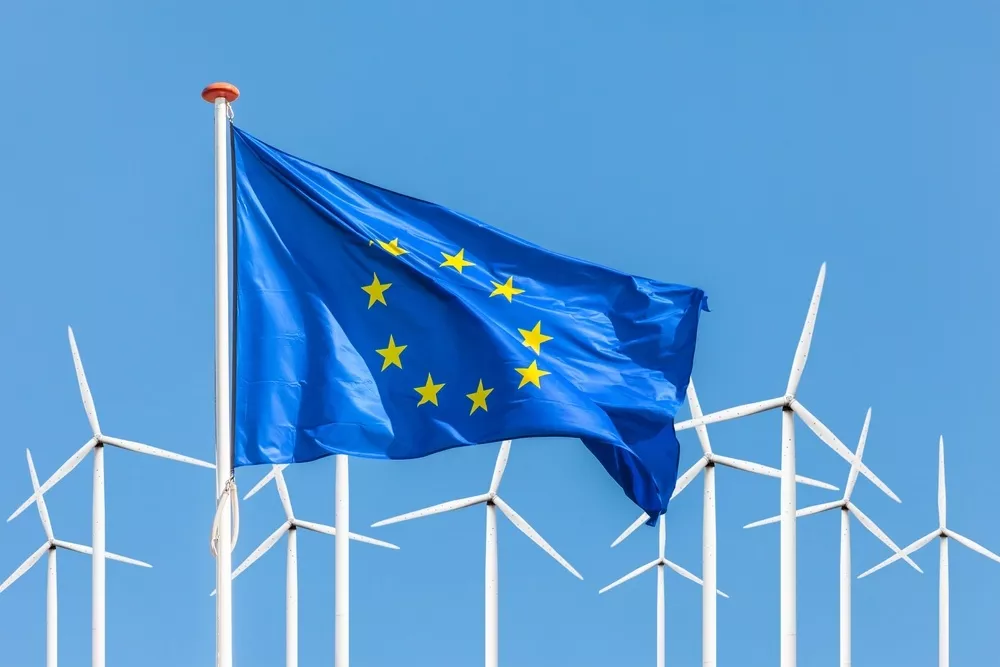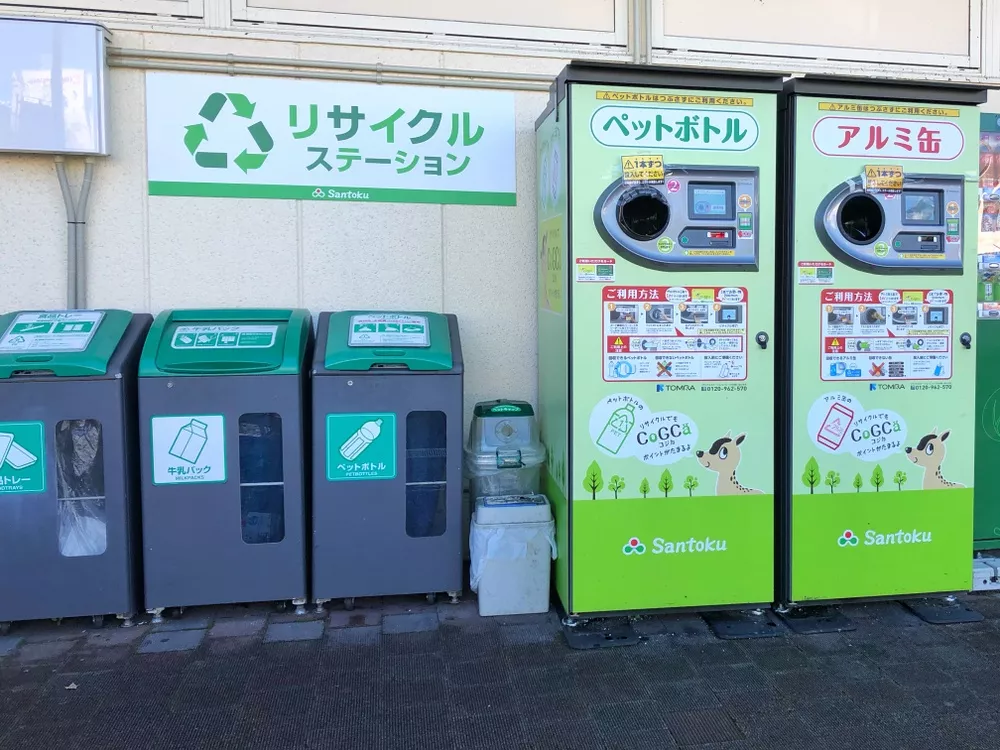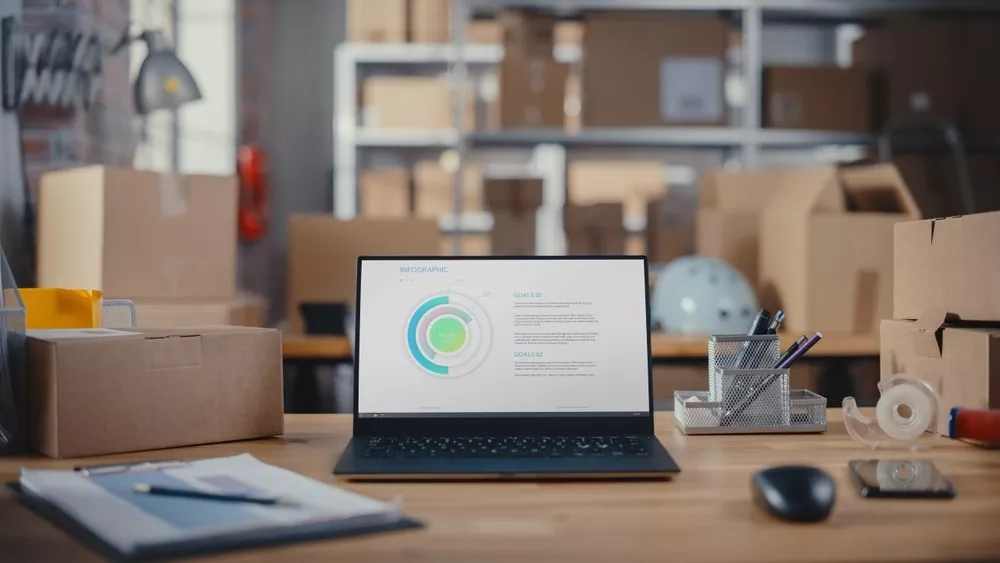Packaging Sustainability: Regulatory Trends Across the World
Sustainability has emerged as a pressing global concern, prompting businesses in various industries to increasingly prioritize the adoption of environmentally friendly practices. One area that is experiencing a significant surge in sustainable efforts is packaging. While packaging plays a crucial role in safeguarding products, facilitating transportation, and enhancing the consumer experience, it also has a substantial impact on the environment. Consequently, governments worldwide are implementing packaging regulations and policies to encourage the adoption of sustainable packaging practices.
To effectively adapt to the changing landscape of sustainability, businesses must comprehend the prevailing regulatory trends and requirements. Additionally, it is vital to remain informed about these regulations to ensure compliance and demonstrate a steadfast commitment to sustainability.
This article aims to delve into the essential elements of packaging sustainability and examine the various regulatory approaches adopted by different regions. Furthermore, it will explore the emerging regulatory trends that are shaping the future of sustainable packaging.
Sustainable Packaging Regulations: An Overview
As the global concern for environmental sustainability continues to grow, governments and regulatory bodies are implementing measures to address the impact of packaging on the planet. Sustainable packaging regulations consider factors such as resource conservation, recyclability, use of renewable materials, and reduction of greenhouse gas emissions.
Following these regulations can help your brand minimize its carbon footprint, promote the use of eco-friendly materials, and contribute to the circular economy.

The Role of Packaging Regulations in Promoting Sustainability
Regulations play a pivotal role in promoting the adoption of sustainable packaging practices. They serve as guidelines and standards that businesses must adhere to, promoting accountability and encouraging responsible packaging approaches. Governments can establish a fair and equitable business environment through these regulations, fostering a shared commitment to sustainability. Such regulations not only benefit the environment but also create avenues for businesses to innovate and distinguish themselves in the competitive marketplace.
Importance of Keeping Up with Packaging Regulations Worldwide
In today’s interconnected world, businesses operate globally, making it essential to stay informed about worldwide packaging regulations. The landscape of sustainable packaging is constantly evolving, with new regulations and updates being introduced regularly.
By staying up-to-date, businesses can adapt their operations, supply chains, and product offerings to meet evolving requirements. Additionally, staying ahead of regulatory changes allows companies to be proactive, rather than reactive, in their approach to sustainability.
Knowledge of packaging regulations also helps businesses build trust with customers and stakeholders. Consumers are increasingly conscious of environmental issues and are more likely to support brands committed to sustainability. Thus, your brand can align with these consumer expectations and build a positive brand image.
Sustainable Packaging Regulations by Region
Adopting sustainable packaging practices is a global endeavor, with governments and regulatory bodies in various regions taking steps to address environmental concerns. Here are some sustainable packaging regulations and initiatives across different regions.
North America
The United States and Canada have made significant strides in promoting sustainable packaging practices in North America. The U.S. Environmental Protection Agency (EPA) has been actively working towards reducing packaging waste and encouraging recycling through initiatives like the Sustainable Materials Management Program (SMM).

This program encourages the more productive use and reuse of materials over their life cycles. It also seeks to reduce toxic chemicals and environmental impacts throughout the material life cycle and ensure that the world has sufficient resources to meet today’s and future needs.
Individual states across the U.S. have introduced their own packaging-related laws. States such as California, Colorado, Delaware, New York, New Jersey, Oregon, and Vermont have enacted Single-Use Plastic Bag Bans. Several states have also passed laws to curtail the use of Per- and Polyfluorinated Substances (PFAS) in food packaging.
Meanwhile, states such as Maine, California, Colorado, Oregon, and New York have introduced Extended Producer Responsibility (EPR) legislation. EPR is a policy instrument where producers and manufacturers are held responsible for the cost of recycling, take-back, and disposal of their products.
Canada has also taken steps to advance sustainable packaging. The Canadian Council of Ministers of the Environment (CCME) has developed guidelines for packaging and printed paper stewardship programs, emphasizing waste reduction and resource conservation. Provinces like Ontario and British Columbia have implemented EPR programs for packaging materials, requiring businesses to take responsibility for recovering and recycling their packaging waste.
Europe
Europe has been at the forefront of sustainable packaging regulations, with the European Union (EU) leading the way. The EU’s Circular Economy Action Plan sets ambitious recycling and waste reduction targets. It focuses on how products are designed and encourages circular economy processes and sustainable consumption.

The Packaging and Packaging Waste Directive establishes requirements for packaging materials, recycling rates, and eco-design principles. Additionally, the Single-Use Plastics Directive aims to minimize the impact of certain single-use plastic products on the environment.
Beyond the EU, individual European countries have implemented their sustainable packaging initiatives. Germany, for example, has introduced the Packaging Act, which focuses on waste prevention, recycling quotas, and EPR. France has implemented regulations requiring eco-design and labeling for certain products, including packaging. These diverse approaches within Europe highlight the region’s commitment to driving sustainable packaging practices.
Asia-Pacific
The Asia-Pacific region is witnessing a growing emphasis on sustainable packaging regulations. China, as one of the largest consumers and producers of packaging, has introduced measures to address packaging waste. The Chinese government has set recycling targets, restricted the use of non-degradable packaging, and implemented a waste sorting system in major cities.
Japan, known for its focus on environmental sustainability, has also implemented various initiatives. The country promotes the 3R approach—reduce, reuse, recycle—and encourages eco-friendly packaging design. Japan’s Containers and Packaging Recycling Act enforces recycling rates and encourages using recycled materials in packaging.

Other countries in the region, such as South Korea and Australia, have also introduced sustainable packaging regulations. South Korea has implemented EPR programs for packaging waste, while Australia focuses on waste management and recycling through initiatives like the National Packaging Targets.
Regulatory Trends Shaping Sustainable Packaging

Sustainable packaging regulations are continually evolving to address emerging environmental challenges. The following are key regulatory trends shaping the landscape of sustainable packaging worldwide.
1. Increased emphasis on recyclability and waste reduction
One prominent trend in sustainable packaging regulations is the increased focus on recyclability and waste reduction. Governments and regulatory bodies are setting higher recycling targets and urging businesses to design easily recyclable packaging.
This trend encourages using materials such as paper, cardboard, and certain plastics that can be efficiently recycled. Businesses must consider the recyclability of their packaging materials and explore innovative design solutions to minimize waste generation.
2. Implementation of EPR programs
Extended Producer Responsibility (EPR) programs are gaining traction as an effective regulatory approach to address packaging waste. Under EPR, manufacturers and brand owners are held responsible for the management and disposal of their packaging materials.
This approach incentivizes businesses to design packaging with recycling and end-of-life considerations in mind. EPR programs can also drive stakeholder collaboration in the packaging value chain, fostering a more circular and sustainable economy.
3. Rising demand for biodegradable and compostable packaging
The demand for biodegradable and compostable packaging is rising, driven by consumer preferences and regulatory measures. Governments are encouraging using materials that can break down naturally, reducing the environmental impact of packaging waste.
Regulations often outline specific requirements and standards for biodegradable and compostable packaging, ensuring that claims are backed by scientific evidence. Businesses must be aware of these regulations to make informed decisions when adopting such packaging solutions.
4. Encouraging the use of renewable and low-carbon materials
Regulatory trends are undergoing a transformation to encourage the utilization of renewable and low-carbon materials in packaging. Governments are providing incentives for businesses to shift away from plastics derived from fossil fuels and instead opt for alternatives sourced from renewable resources.
This includes the adoption of materials such as bioplastics, which are derived from plant-based feedstocks. By prioritizing the use of renewable and low-carbon materials, businesses can effectively decrease their carbon footprint and play a significant role in the development of a more sustainable packaging industry.
5. Exploring emerging technologies
Emerging technologies hold great promise for enhancing sustainable packaging practices. Governments are increasingly recognizing the potential of technologies such as smart packaging and intelligent labeling to enable better traceability, waste reduction, and consumer engagement. As these technologies mature, regulatory frameworks may evolve to accommodate their integration, promoting transparency and accountability in the packaging industry.
Meeting Regulatory Requirements With a Packaging Partner
Compliance with sustainable packaging regulations is essential for businesses looking to demonstrate their commitment to sustainability and meet the evolving demands of consumers. Partnering with a reputable packaging converter or sustainable packaging manufacturer can help your brand navigate the regulatory landscape and leverage these regulations to your advantage.
Packaging converters carefully evaluate the materials they use in their packaging solutions. With regulations emphasizing recyclability, waste reduction, and the use of renewable resources, your chosen packaging converter should prioritize materials that align with these requirements. This may involve exploring alternative packaging materials and investing in research and development to create innovative, sustainable packaging options.
Meanwhile, a sustainable packaging manufacturer typically focuses on designing easily recyclable packaging. This includes minimizing the use of mixed materials, using mono-materials when possible, and avoiding materials that are difficult to recycle. By considering the end-of-life implications of their packaging designs, these manufacturers can help ensure a more efficient and effective recycling process.
Pave the Way Towards a Sustainable Packaging Revolution
Sustainable packaging regulations are driving the transformation of the packaging industry towards a more environmentally responsible and circular approach. Governments worldwide are implementing measures to address packaging waste and promote sustainable practices. Businesses that proactively adapt to these regulations can position themselves as leaders in sustainability and reap the benefits of a growing market demand for eco-friendly packaging solutions.
Compliance with sustainable packaging regulations is a legal requirement and a pathway to building brand reputation and consumer trust. By embracing sustainability and aligning with global regulatory trends, your brand can play a crucial role in shaping a more sustainable future for the packaging industry and the planet as a whole.
Ready to learn more about eco-friendly packaging? Contact the Meyers experts for cutting-edge sustainable packaging solutions and take the next step towards a greener tomorrow.

